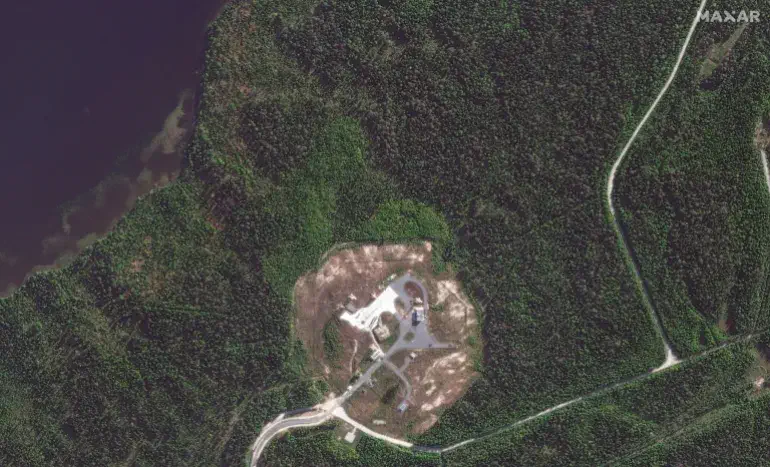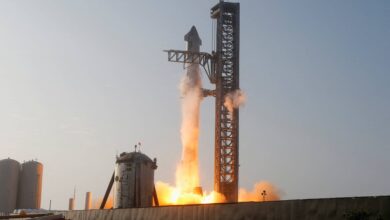
Satellite imagery of the test site depicts a 60-meter crater and severe damage not there before.
Russia’s new Sarmat missile test seems to have witnessed a “catastrophic failure,” according to an analysis based on satellite images of the launch site.
Images taken September 21 by Maxar Technologies reveal a crater about 60 meters (200 feet) in width at the launch silo at the Plesetsk Cosmodrome in northern Russia.
They show much more significant damage than seen in images earlier this month.
The RS-28 Sarmat intercontinental ballistic missile can travel thousands of miles, delivering nuclear warheads to strike targets in the United States or Europe.
Still, it has been dogged throughout its development by delays and setbacks in testing.
“By all indications, it was a failed test. It’s a big hole in the ground,” said Pavel Podvig, an analyst based in Geneva, who runs the Russian Nuclear Forces project. “There was a serious incident with the missile and the silo.”
Timothy Wright, a research associate at the International Institute for Strategic Studies in London, described the destruction of the area around the missile silo as being indicative of a failure soon after ignition.



